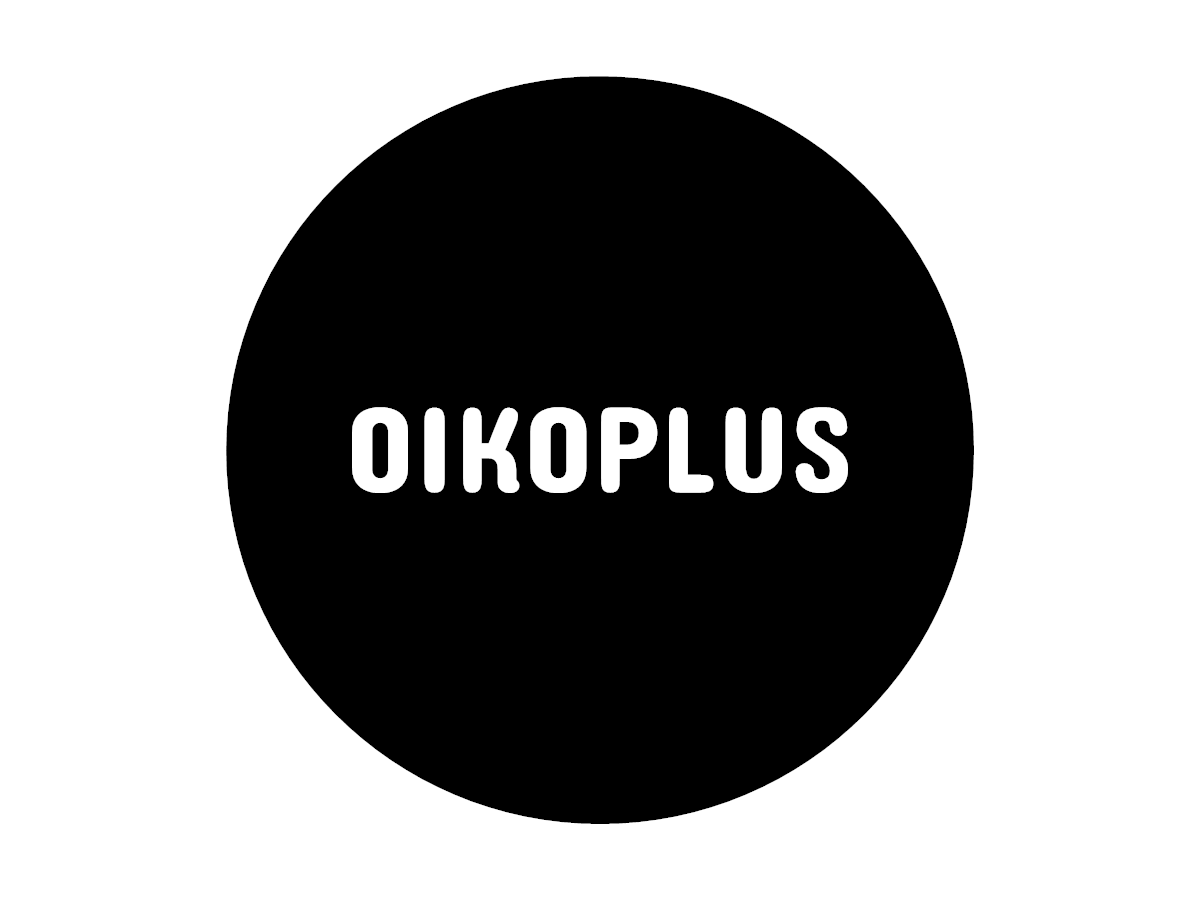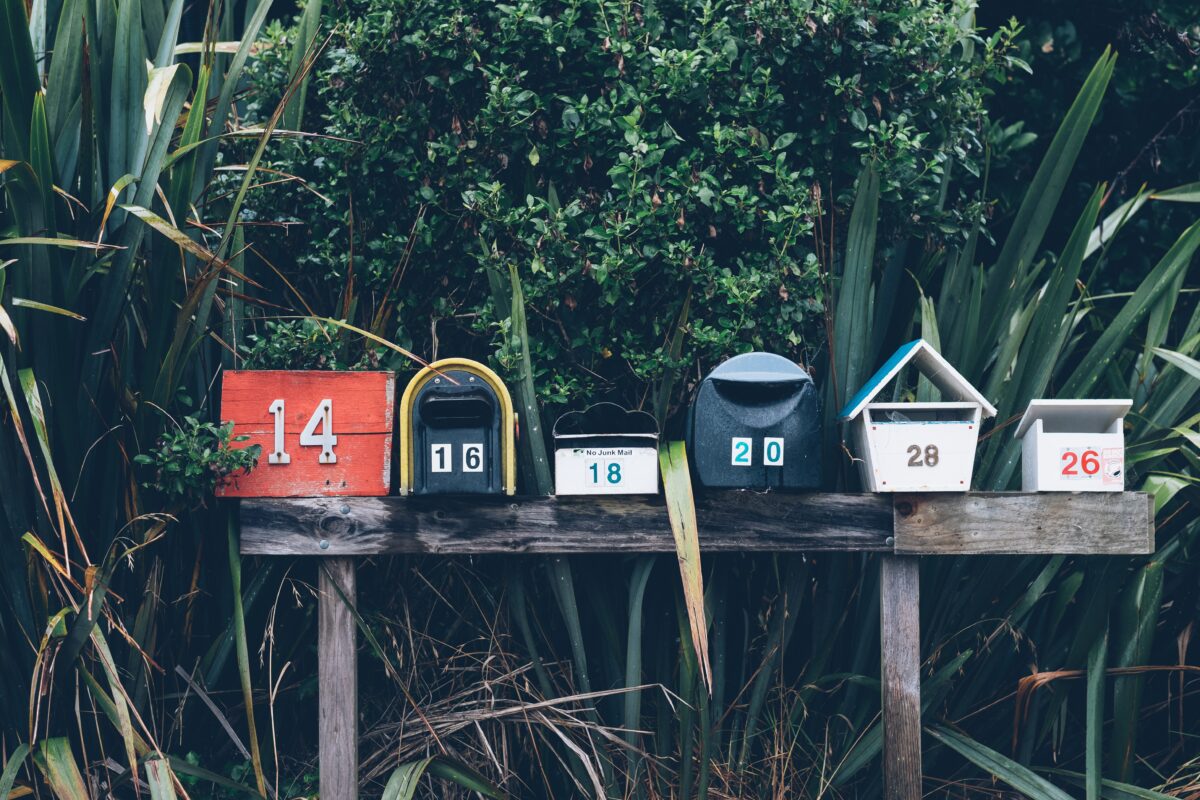Having written about meta-themes such as Common Sense and Relatability in science communication lately, this issue focuses on newsletters. Anachronistic? No Front, the only form of a newsletter that is out of date is the one in typewriter font and formatted by your email programme. But much has changed. And even if Google Trend indicates that newsletters have reached their absolute bottom as a search term, there are good reasons to take them more seriously again.
Reverse the trend
Newsletters are in fashion. And that is no coincidence. In the Journalist, Catalina Schröders argues that the new hype around newsletters has mainly to do with the fact that money can now be earned with them. As an example, Schröders cites the Heated newsletter published by environmental author Emily Atkin. It generates 6-figure revenues annually. With more companies offering authors simple designs and processing payments, new business models have emerged.
A second reason why more independent authors are starting their own newsletters is social media. In his NPR article, Bobby Allyn explains that journalists of this world want to write less for algorithms and more for readers again. Is this more satisfying? Probably. Is that sustainable? Sometimes. You need to have enough followers.
Followership in science
US chief virologist Anthony Fauci would not fail to generate a large number of followers at the moment. Packed in weekly digests, he could provide thousands of people around the world with news about the virus. For those who don’t have the followership of contemporary virologists, Jessica Lawlor on the Muck Rack blog suggests an alternative: pitching independent newsletters. As with companies, the same should apply to research projects. Contributed content is the keyword here. And where could scientists contribute content? Have a look here: Improbable Research, Sunday Brain Food, Important, not important, the Marginalian.
How to Newsletter?
Of course – a newsletter and contributed content are two different things. In many project applications, a project’s newsletter is listed as a must-have. Most newsletter providers have thus published detailed how-to newsletter guides. Most offer video tutorials. Relatively simple yet comprehensive introductions can be found here and here. We are looking forward to reading from you!


